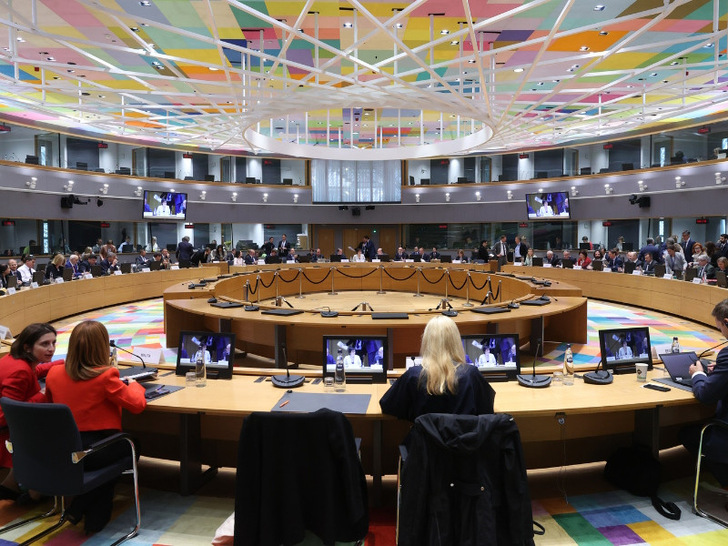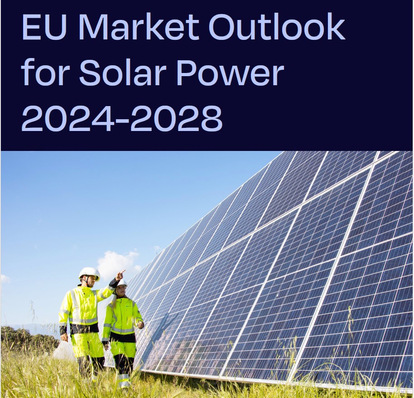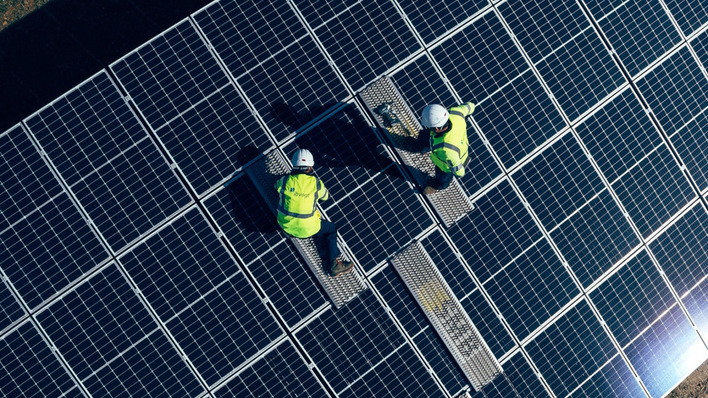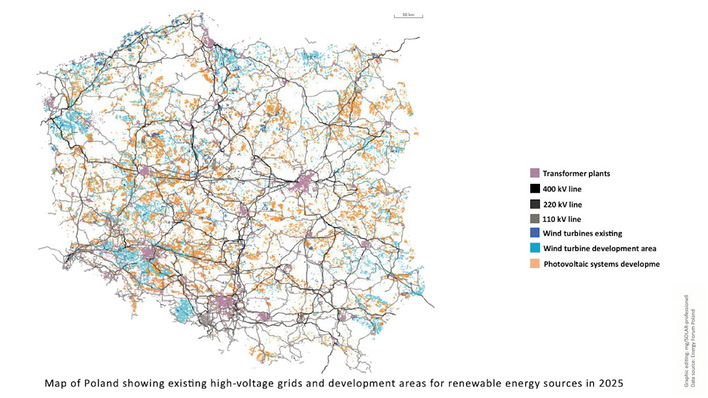The EU aims to achieve a fully integrated, interconnected, and synchronised power system in Europe. The Council conclusions highlight the need for long-term, coordinated electricity grid infrastructure planning at European level, especially in view of the growing challenge of network congestion.
This planning should be combined with the bottom-up coordination of national plans at regional level and take into account the specificities of regions that are not interconnected or not sufficiently interconnected.
In this context, the Council reminded the conclusions that the European Council on the achievement of a genuine Energy Union and the importance of interconnections in achieving this. The Commission is invited to propose a strengthened framework that ensures that the grid planning and roll out is compliant with EU climate and energy targets. The aim is to increase transparency and traceability for the whole transmission grid planning and development process.
Increase investments for electricity grid infrastructure
The conclusions also call on the Commission to assess and identify gaps and develop measures, if needed, to improve the governance framework at EU level concerning the planning, selection and implementation of cross-border infrastructure, in order to ensure a sufficiently integrated European and regional approach.
The conclusions acknowledge the unprecedented investment needs in electricity networks at both transmission and distribution level in order to ensure a highly interconnected, integrated and synchronised European power system that is necessary to achieve the EU’s decarbonisation, competitiveness and security of supply objectives.
Also see: Double investments in power distribution or lose race to net-zero
Therefore, the Conclusions invite the Commission, amongst others, to provide information about the actual investment needs in relation to electricity grids – compared to the funds earmarked for them – and to look for ways to increase overall investments for electricity grid infrastructure. The European Investment Bank is also called on to support further expansion and modernisation of grids through financing initiatives.
Hybrid meshed grids connected to different member states become increasingly important in order to develop offshore energy production in a cost-effective manner. Therefore, the Council invites the Commission to assess the challenges and remaining gaps involved in the use of hybrid meshed grids in addition to radial connections.
Hemetsberger: „Key milestone in the energy transition“
“This is a key milestone in the energy transition. Energy Ministers have delivered positive proposals on accelerating electricity grid investments in Europe at the transmission and distribution level, for example by calling for regulation that facilitates anticipatory investments, and by asking the European Investment Bank to step up in financing grid upgrades“, commented Walburga Hemetsberger, CEO of SolarPower Europe.
Also see: Clear regulation required for grid digitalisation
„While grids are essential for the energy transition, flexibility, encompassing battery storage and demand response, is crucial for enabling grids to quickly adapt as infrastructure catches up. We regret that Ministers did not address the challenges for scaling up battery storage and other flexibility solutions, with the same detail as they did for grid infrastructure.
Also incentivize energy storage and demand response
Today, there are no financial incentives for solar and battery systems, nor are there incentives for system operators to integrate flexibility when planning grid investments. We are far behind the target of 200GW of battery storage needed by 2030, despite flexibility being the faster and more cost-effective solution to avoid more negative pricing in electricity markets.
We applaud today’s conclusions on grids, but we urge EU leaders to take the next step on clean flexibility, for example by setting political goals for energy storage and demand response for 2030 and 2040. We need to keep flexibility high on the political agenda“, Hemetsberger said. (hcn)








